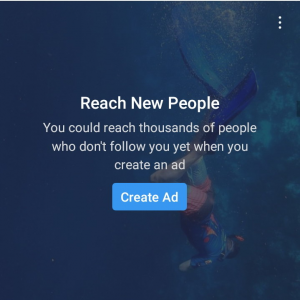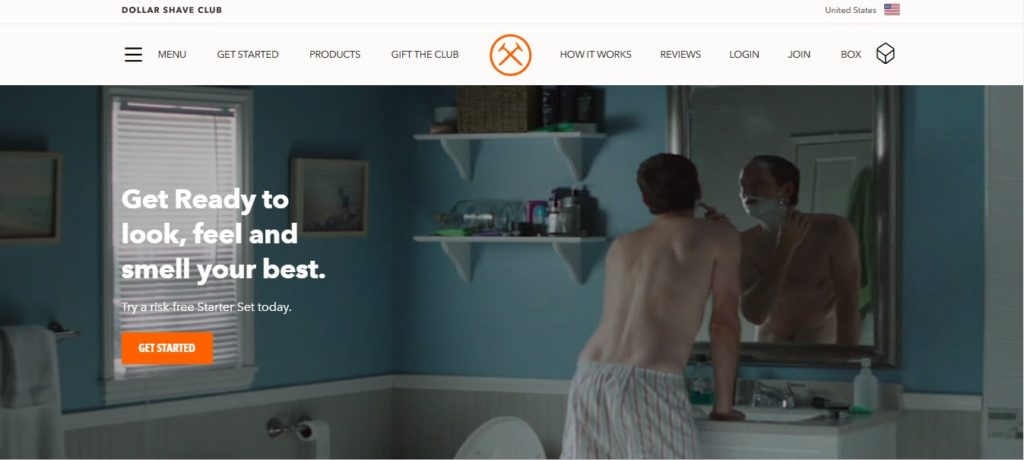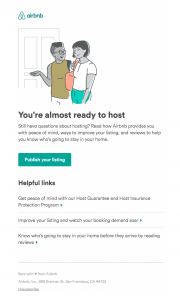
Tips on crafting cool onboarding emails
Ecommerce has grown so much and there are all kinds of new models, new products and new ways of shopping. Sometimes our clients need help navigating all innovation. How does a curated monthly subscription works? Can you order items outside of it? How do you sign up for a meal plan to go with the hi-tech lunch box? And many more questions people might have for your products and services need answers from the beginning.
Onboarding emails can fill in those gaps so people understand how to buy from you. This will make the customer journey easy and pleasant, bringing you conversions and increased customer retention.
What are onboarding emails?
The onboarding process explains your selling model, values, benefits and so on to registered users. It directs new customers to the most useful functions of your service and welcomes them to your brand world.
These supportive emails help customers:
- register on your site or in app
- learn how your shop works
- get familiar with the brand benefits and community
- feel closer to the company.
Onboarding is a part of the conversion funnel, not an end on it. Customers need to pass through it to order for the first – and hopefully – not last time. The onboarding process gives more information, makes people feel more comfortable shopping from you and so it strengthens the bond.
Onboarding emails VS welcome emails
Welcome emails are often single messages just saying hi to a new customer. They acknowledge their registration but don’t do much else – a transactional email, really.
Onboarding emails are usually more than one – more like a series – that explain how to use the site and service, any special conditions and so on. They’re like a mini crash course on all important things customers need to make full use of the brand. This is educational content.
Any onboarding emails need to be aligned with all the other parts of your email marketing strategy: new product launches, newsletters, drip emails, holiday campaigns, sales coupons, etc.
Related: Emails for the entire customer lifecycle
What to include in an onboarding email?
An effective onboarding has to reach every new user so it must not be anywhere near spam.
Therefore, your onboarding email must:
- be clearly branded so people don’t mistake it for spam
- have an organized structure with a special emphasis on the CTA
- be personalized and timely
- not hide the unsubscribe option.
The first portion of introductory messages is useful for introducing the product to the user. After that, it is better to limit yourself to a weekly mailing with the most important materials and news.
Tell consumers what to do and don’t get them confused. Like with this example from Instagram, the first email is aesthetically pleasant, asking the viewer to press the big blue button to create an ad.
Their CTA button is dynamic and recognizes which device the user is reading the email on. It leads to the appropriate working page to show the real value of the ad design feature.
Best practices for onboarding emails
The more useful your first emails are, the more people will trust you, making your ecommerce email marketing even more effective. With the addition of a few useful points, you will have a powerful tool to retain all new users and get them addicted to using your product constantly.
Craft the copy carefully
Ecommerce copywriting is an art. Come up with a catchy subject line to get noticed in a crowded inbox. Actually, for 47% of recipients, the subject line of the letter description becomes a sufficient reason to open it. Then show off your brand personality, talking naturally as you’d want the brand to be perceived.
Related: How to find your brand voice
Intrigue clients with an unusual style. Use characteristic brand colors, distinctive design, and other visual attributes.
Check the example below. Instead of the standard “Welcome to the Dollar Shave Club”, the company used a much more memorable slogan, “Get Ready to look, feel and smell your best,” which itself implies an action.
Call to action
The purpose of onboarding is to make people take action – usually, shop from you. Introduce your products and services. Explain how they’re made and who the people behind them are. Answer frequently asked questions. Give guarantees, return and exchange options, etc. Provide all the information so the customer feels at ease to start browsing your offers.
Be authentic
It is especially true for small businesses where transparency is the key to a healthy working team and respect for loyal customers. Share your story and values. The human touch attracts people. Show your office or production facility, featuring details like your workspace setup or even essentials like office chair mats from Smart Office Furniture, to make the brand feel even closer.
Include trigger elements
If you want to stimulate the activity of new clients, consider creating behavioral or triggered emails. They are automatically sent when the certain action is taken and push the user further down the funnel.
For example, when they read an article on your blog, you can send them a special email with insight info on how products are made because they appear to be interested in this. Another email trigger could be browsing only a particular product category and never buying anything – send them an individual coupon code for it.
Related: Automated emails every ecommerce should have
Do testing
Before clicking send, make sure that your welcome email campaign is tested. Verify bulk emails, consider deliverability testing, experiment with copy and visuals, and so on.
Related: Sender reputation, deliverability and other email marketing fundamentals
Don’t forget about the tech side. Namely, make sure that the automation you use complies with all the email security policies, check DMARC, and other email authentication methods.
Onboarding email series example
This email series of messages from Airbnb is an excellent example of ecommerce onboarding. The first email starts the onboarding of the new host after they register on the site.

Then, a next email explains how to set up and start hosting for real.
Successful completion of the previous stage leads users to their first renting. A next email gives information on how to keep in touch with the guests and make their visit comfortable.
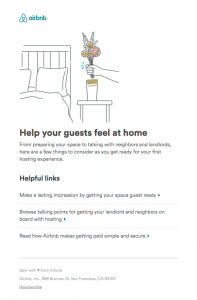
Airbnb shares some essential tips and tricks for successful renting on the platform – it’s in their interest that hosts make good use of all marketing tactics.
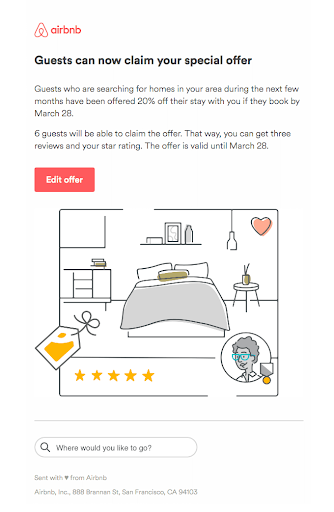
To sum up
Thoughtful onboarding emails help customers get to know your ecommerce business and start shopping regularly. This is the first communication they receive from you after – possibly – ads. So make it useful and to the point. Don’t sell so much in it but guide your potential buyers into how to best go about your brand. This will make the relationship more meaningful and stimulate loyalty.
This article was contributed by Dmytro Zaichenko, an Outreach Specialist at Mailtrap, a Railsware product helping to test emails at the developmental stages.
Build and grow your ecommerce brand
Metrilo’s mission is to help you build your ecommerce brand and win your place in the customer’s heart. We share what we learn from our daily work with product innovators and founders here. Subscribe to our weekly newsletter to get the freshest lessons and conquer your niche.
We promise, no spam.
Thank you for subscribing!
See you soon :-)
